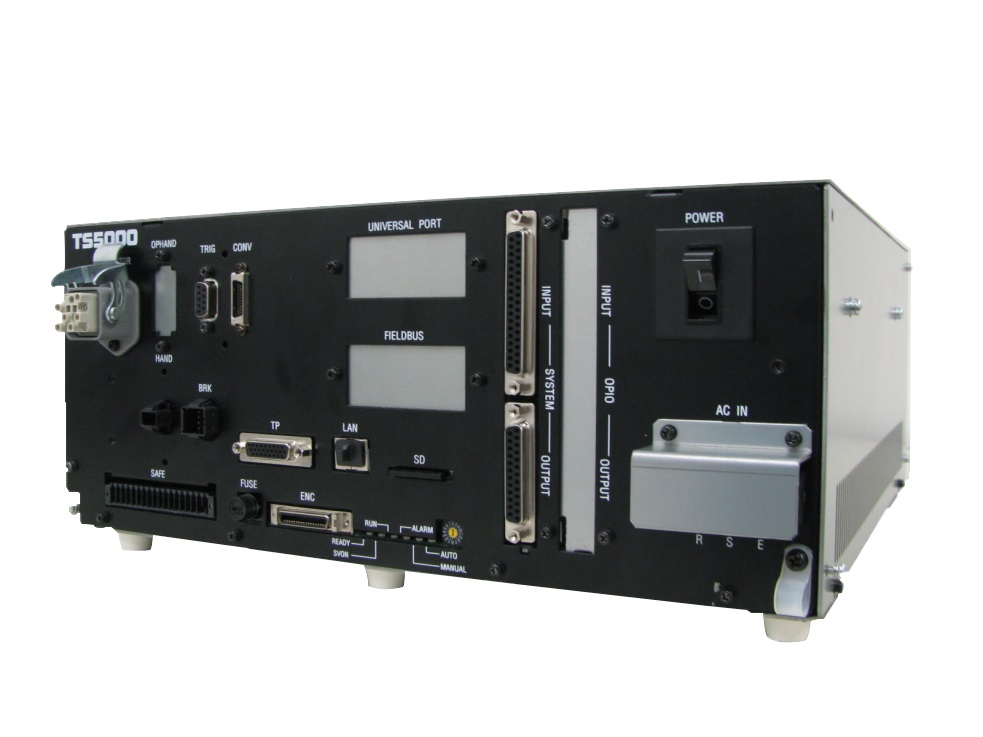Robot optimization
Having invested in and installed an industrial SCARA robot, the next step is process optimization. Essentially, adjusting the robot and its programming to achieve the best possible performance when carrying out the desired tasks.
Robot optimization is so important that we typically allocate a full day to it in our training sessions. The improvements you make may seem small at first, but optimal performance can make a serious difference over a robot’s lifetime.
 For example, shaving a tenth of a second off per cycle does not seem like a significant saving. But, if we multiply that by 30 cycles a minute, eight hours a day, five days a week, 50 weeks a year — a total of 3.6 million cycles — those tenths of a second begin to add up. Altogether, this optimization would save 100 hours over a year, two and a half weeks of production time.
For example, shaving a tenth of a second off per cycle does not seem like a significant saving. But, if we multiply that by 30 cycles a minute, eight hours a day, five days a week, 50 weeks a year — a total of 3.6 million cycles — those tenths of a second begin to add up. Altogether, this optimization would save 100 hours over a year, two and a half weeks of production time.
The way to achieve these kinds of savings can depend entirely on your application, but there are a few key points every system designer should consider.
Dynamic payloads
Depending on the weight of the desired workpiece, the optimal acceleration and deceleration speeds will vary greatly. By changing the payload settings on your Shibaura Machine robots, the industrial robot will automatically adjust acceleration and deceleration values, taking into account whether or not the part is being held in a gripper. The result is that, whichever part of the cycle the robot is currently in, the acceleration and deceleration will always be as fast as possible, improving overall cycle time.
Physical position
When trying to achieve robot optimization, you should consider the physical position of the robot and any pick and drop points within the work cell. To optimize robot speed, we advise taking advantage of multiple axes of movement.
SCARA robots are capable of moving in the x, y and z axes, plus rotation in the z axis. This is demonstrated in the video of the THE400 below.
<
A SCARA’s composite speed is much faster than the speed of moving in just one axis. Rather than choosing a layout that requires only x-axis movements between the pick and drop points, plan the work cell around achieving the optimal robot speed.
 Programming
Programming
For robot process optimization, it’s important to streamline robot programming, and ensure each device — robot, programmable logic controller (PLC), vision system — is carrying its share of the load. In some applications, it is more effective to let the PLC or vision system deal with complex I/O settings or calculations while the robot program focuses purely on movement.
Ultimately, an industrial robot is designed to bring motion to a work cell. By keeping the robot program simple and movement-focused, you will make it run most efficiently.
By following a few key steps, it is possible to optimize your industrial robot successfully and ensure you are getting the most out of your investment.
Book in a training session for your Shibaura Machine SCARA robot. Or, get in touch to learn about robot process optimization for 6-axis or Cartesian robots.
For more of our frequently asked questions, return to the Knowledge Hub.
